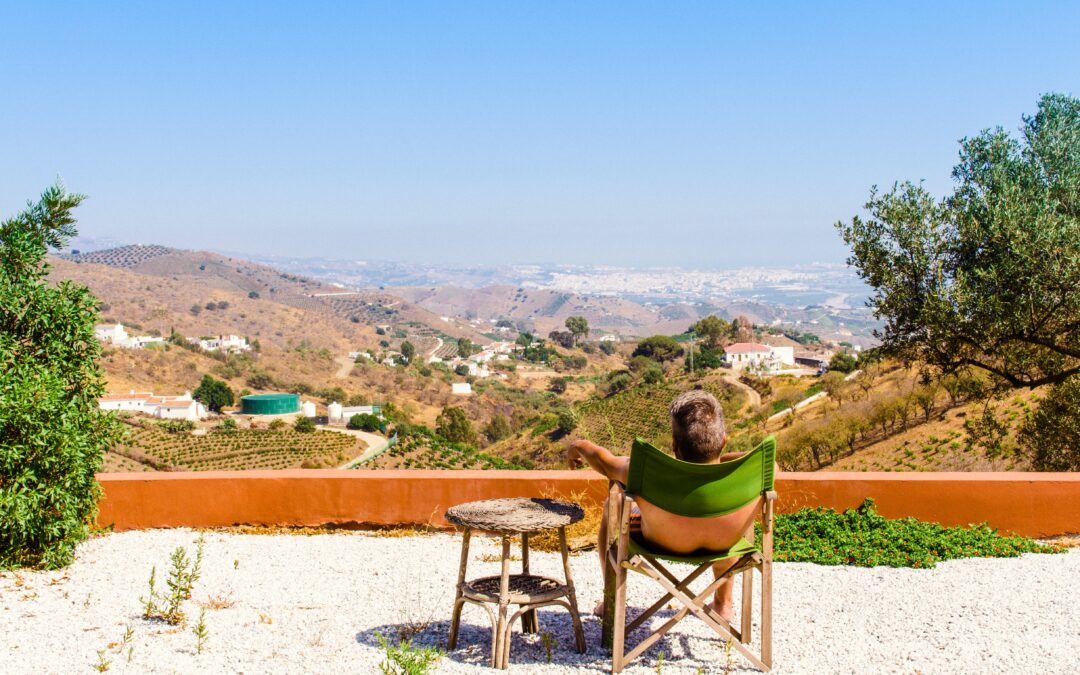
by Tanya Keam | Jan 24, 2023 | Acupuncture, Adrenal Fatigue, Anxiety, Authentic self, Chinese medicine, Chronic fatigue, Daily Rituals, Exercise, Mental health, Nambour, Self care, Sleep, Spiritual growth, Stress, Sunshine coast
What is self care ?
You might think having a relaxing bath and exercising is self care, and it is. However self care for everyone is going to be different and there are many ways to take care our wellbeing.
Checking in with yourself to see how you are is a good place to start. Sitting down for 15 minutes, closing your eyes and focussing on your breathing will tell you if you’re conscious of your breathing or not. People often find it difficult to meditate so if this is you, just sitting or lying down and focussing on your breathing is a start. Inhale for 4 counts and exhale for 4 counts continually for 15 minutes. If this is difficult then start with 5 minutes. Does the inhalation feel the same as the exhalation? Or does one feel more restricted than the other?
Once here, ask yourself how you are.
What emotions are present right now? Have I been sleeping well lately? What has been upsetting me lately? Do I feel well in my body – my energy stamina, my digestion, do I have pain in my body? How have the last 3 months been going? The past year? How do I take care of my well being? Do I take care of myself at all? Do I reach for things to change how I feel? A glass of wine, substances? How do I handle stress?
As a Eastern medicine practitioner in the health industry I often ask people how they take care of themselves day to day and also when they aren’t feeling good.
Self care ideas you maybe haven’t thought of:
- Saying no to social events because you’re not up to it
- Calling friends to be around people you love for company
- Doing food prep so you have healthy meals through the week
- Asking a friend to help you with something
- Getting help with kids so you can have a few hours to yourself
- Seeing a therapist to talk about things
- Exercising every day to get the feel good chemicals going in your body
- Reducing your work or study load
- Taking time off work
- Resting at home – literally putting your feet up with a book
- Sleep
- Stepping away from unhealthy relationships or jobs
- Allowing yourself to cry and feel
- Magnesium bath
- Time in nature
- Taking a holiday
- Being conscious of your behaviours when you are stressed
- Prayer
- Meditation
- Doing your favourite hobbies
- Conscious breathing
- Staying off social media if peoples highlight reels are triggering
- Journaling
- Trying a new activity
- Asking for help
- Quiet days at home
- Going for a health treatment such as acupuncture to balance your nervous system
- Reducing or completely removing alcohol and substances
- Slowing your life down, simplifying things
Life can get on top of us sometimes. Checking in with yourself every day by practicing self care is loving yourself. Your self care isn’t going to look the same as someone else’s self care but know there are many ways to nourish your body, mind and spirit. Give yourself time and space to move through things that are happening in your life.
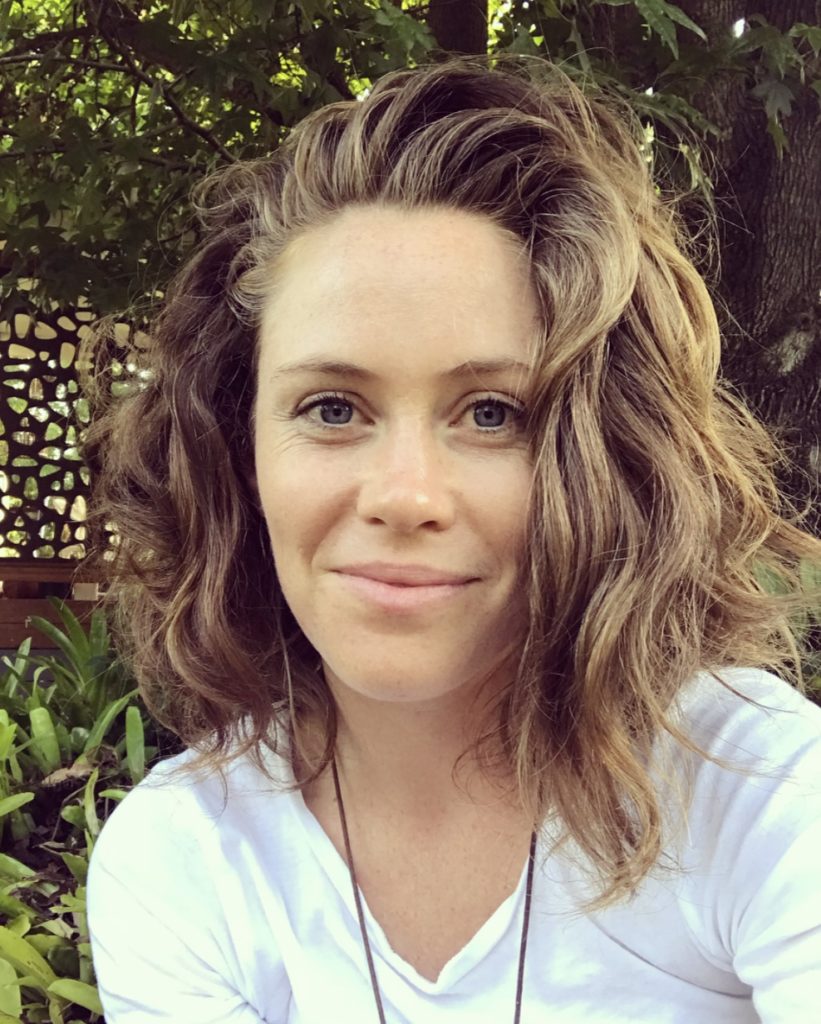 Hi, I’m Tanya Keam, an AHPRA registered Acupuncturist and natural health practitioner in Nambour in the Sunshine Coast hinterland, Queensland Australia. I practice Chinese medicine and Acupuncture because its safe, logical, relevant and has effectively shown methods of natural wellness for thousands of years (read more about my training here). Life doesn’t need to be complicated and nor does the treatment approaches to get people feeling vibrant and well. I’ve seen people gain a lot from treatments, much more than just alleviating symptoms. It’s exciting to connect with people and share deep wisdom from the classics of ancient and traditional medicine, with modern protocols for todays mind-body living. If you need some guidance in practicing better self care get in touch or book online today.
Hi, I’m Tanya Keam, an AHPRA registered Acupuncturist and natural health practitioner in Nambour in the Sunshine Coast hinterland, Queensland Australia. I practice Chinese medicine and Acupuncture because its safe, logical, relevant and has effectively shown methods of natural wellness for thousands of years (read more about my training here). Life doesn’t need to be complicated and nor does the treatment approaches to get people feeling vibrant and well. I’ve seen people gain a lot from treatments, much more than just alleviating symptoms. It’s exciting to connect with people and share deep wisdom from the classics of ancient and traditional medicine, with modern protocols for todays mind-body living. If you need some guidance in practicing better self care get in touch or book online today.
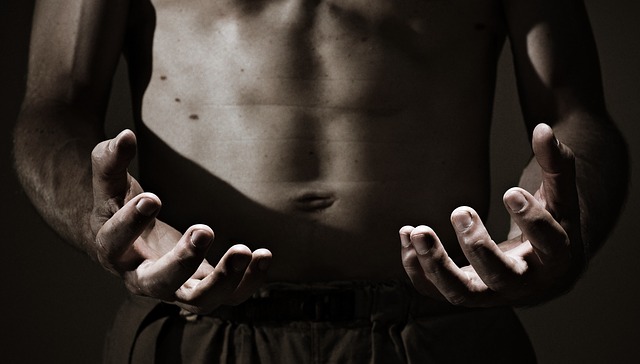
by Tanya Keam | Aug 30, 2022 | Acupuncture, Autoimmune, Chinese medicine, Client information, Exercise, Immune Support, Immune system, Inflammation, Joint pain, Nambour, Nutrition, Pain, Stress, Sunshine coast
Acupuncture for Inflammation is showing positive results in research. Inflammation refers to your body’s process of fighting against things that harm it, like infections, injuries, and toxins, in an attempt to heal itself. When something damages the cells, your body releases chemicals that trigger a response from your immune system.
Chronic inflammation can cause autoimmune disorders, such as Lupus or Chron’s, where your body attacks healthy tissue. Exposure to toxins, like pollution or industrial chemicals. Untreated acute inflammation, such as from an infection or injury.
Other factors that contribute significantly to inflammation is poor diet and stress.
What about stress?
- Working too much, over doing it
- Poor diet
- Lack of exercise
- Environmental factors
- Emotional distress
- Not taking care of yourself
- Injury, trauma – sometimes inflammation is a good thing when there’s been trauma to the body. However its important to quickly reduce the inflammation so the body can heal and get well
Try to avoid these “foods” when grocery shopping:
- Refined carbohydrates, such as white bread and pastries
- Hot chips and other fried foods (often fried in canola oil which is GMO)
- Margarine
- Soft drinks and other sugar-sweetened beverages (including some alcoholic drinks)
- Red meat and processed meat (hot dogs, sausages)
- Corn syrup
- Packaged foods with ingredient and numbers on the ingredients list you don’t understand
- Drive-through foods
Other foods that may contribute to inflammation in the body for some people may include:
- Gluten (proteins trigger the immune system to jump into action, causing inflammation). This inflammation can affect the body’s organs and soft tissue. However sometimes, its the pesticides, herbicides or other chemicals used in the processing of certain grains which can cause gluten sensitivity.
- Dairy
- Soy
- Corn
- White sugar
An anti-inflammatory diet is rich in good oils, fats, omega’s and antioxidants…
- Olive oil, flaxseed oil
- Green leafy vegetables (such as spinach, kale, and collards)
- Nuts
- Tumeric, ginger
- Fatty fish (like salmon, mackerel, tuna and sardines)
- Fruits (such as avocado, strawberries, blueberries, cherries, goji berries, pineapple, papaya)
- Raw unprocessed honey
- Coconut
- Tomato
- Bone broth
- Ghee
- A rainbow of fruits and vegetables
Try to eat as organic and local as possible. In season fruits and vegetables are also important. Certified organic can be expensive so if you cant source it, make sure you thoroughly wash your food. Or better yet start a little vegie garden and grow what you can at home.
How can Chinese medicines and Acupuncture for Inflammation help?
Acupuncture stimulates your body to help your own body to make its own medicine, like giving your internal healing response a 10-20% boost. The pins spark your resources; what nature gave you and continues to give you.
Acupuncture and the other branches of Chinese medicine (nutrition, herbs, massage, heat therapy and exercise) restore homeostasis and keep the body functioning at an optimal level. When the body is functioning at an optimal level, we’re far less likely to get sick, and far more likely to recover quickly when we do get sick, inflammatory conditions included. Read more here about Traditional Chinese Medicine as a health modality here:
Autoimmune conditions are a chronic condition so healing is a longer process, the same way it took a long time for the autoimmune markers to show up in the first place. Never the less, we can balance your immune system with acupuncture and herbal medicine, dramatically help with nutrition specific for you as an individual and guide you to manage lifestyle factors to reduce autoimmune markers or better manage the symptoms.
If you think you may have inflammation happening in your body or have been diagnosed with an autoimmune condition, please contact us today to discuss how we can help you at our Acupuncture and Chinese Medicine clinic on the Sunshine Coast. Healing is possible. Being pain free, managing pain, feeling energetic, relaxing the stress response in the body and feeling an overall wellness is possible.
 Hi, I’m Tanya Keam, an AHPRA registered Acupuncturist and health practitioner in Nambour in the Sunshine Coast hinterland, Queensland Australia. I practice Chinese medicine because its safe, logical, relevant and has effectively shown methods of natural wellness for thousands of years (read more about my training here). Life doesn’t need to be complicated and nor does the treatment approaches to get people feeling vibrant and well. I’ve seen people gain a lot from treatments, much more than just alleviating symptoms. It’s exciting to connect with people and share deep wisdom from the classics of ancient and traditional medicine, with modern protocols for todays mind-body living. See you in the clinic !
Hi, I’m Tanya Keam, an AHPRA registered Acupuncturist and health practitioner in Nambour in the Sunshine Coast hinterland, Queensland Australia. I practice Chinese medicine because its safe, logical, relevant and has effectively shown methods of natural wellness for thousands of years (read more about my training here). Life doesn’t need to be complicated and nor does the treatment approaches to get people feeling vibrant and well. I’ve seen people gain a lot from treatments, much more than just alleviating symptoms. It’s exciting to connect with people and share deep wisdom from the classics of ancient and traditional medicine, with modern protocols for todays mind-body living. See you in the clinic !
Links:
https://news.harvard.edu/gazette/story/2021/11/researchers-pinpoint-how-acupuncture-targets-inflammation/
https://pubmed.ncbi.nlm.nih.gov/24562381/
https://www.ncbi.nlm.nih.gov/pmc/articles/PMC1781596/
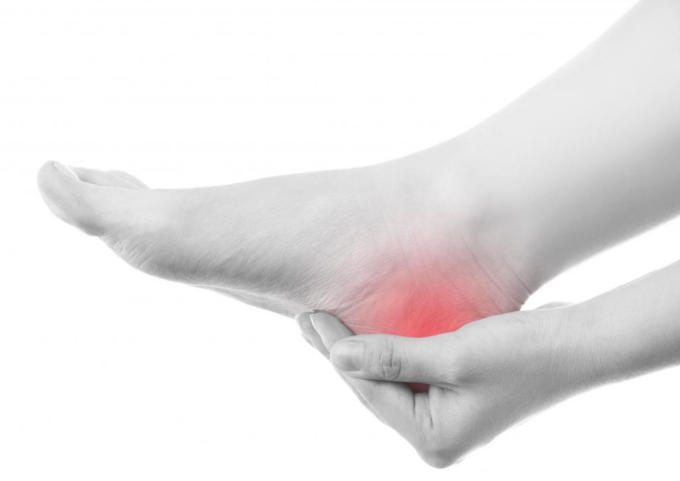
by Tanya Keam | Nov 1, 2019 | Acupuncture, Chinese medicine, Client information, Exercise, Health practitioner, Heel pain, Joint pain, Muscle pain, Nambour, Pain, Plantar Fasciitis, Sunshine coast
Acupuncture for Plantar Fasciitis
Imagine crawling out of bed, half asleep and feeling the pain of standing on a nail or a hot amber right in your heel. You crumble, knees buckle, jaw clenched in pain … this is Plantar Fasciitis! Acupuncture for Plantar Fasciitis.
What is Plantar Fasciitis?
The plantar fascia is a piece of strong and thick tissue that runs along the bottom of the foot. It connects the heel bone to the toes, creating the foot’s arch. Plantar fasciitis is inflammation of the plantar fascia.
It can be caused by:
- Playing certain sports that put stress on the heel bone or recent increased activity
- Flat-footed, high arches or collapsing arches
- Being overweight
- Pregnancy
- Muscle tension in the legs
- Standing for long periods
- Standing on hard surfaces
- Heel spur
- Injury
- Wearing incorrect shoes
- Misalignment of the pelvis or hips
Based on an Australian local population study of 3206 participants, the prevalence of heel pain was 3.6% (1).
What are the symptoms of Plantar Fasciitis?
Pain! Which tends to be aggravated by:
- Long periods of standing or sitting
- When you first step out of bed in the morning and place your feet on the ground
- After increased physical activity in the lower half the body
How do you know if you could be experiencing Plantar Fasciitis?
Because pain is the main debilitating symptom, in most cases diagnosis is by the presenting symptoms and location of pain in the heel. The achilles tendon is also examined for inflammation. Further investigations such as ultrasound or X-ray may be used to rule out other conditions.
How is Plantar Fasciitis treated?
- Pain relief medications
- Steriod injections into the heel
- Activity adjustments or rest
- Appropriate stretching
- Acupuncture therapy
- Massage therapy
- Sole inserts for shoes
- Change in footwear or padding when standing for long periods
- Rest
- Nutritional adjustments
The most effective treatment plan for Plantar Fasciitis is to first remove the cause, then apply stretching and treatment which results in resolving inflammation and pain.
Chinese medicine views of Plantar Fasciitis
Predominantly with the view that there is a stagnation in the flow of Blood and Qi in the affected are, this may also be accompanied by heat in the local area (inflammation). For this condition, a combination of Chinese Medicine practices may be used.
How can Chinese medicine help?
Firstly, figure out the cause, then apply the correct treatment.
Structural alignment of the body – Assessing whether your pelvis/hips or spine is out of alignment determines whether your feet are hitting the ground correctly.
Diet – Modern understanding of gut health has shown poor gut function can significantly increase inflammation in the body. Looking into your nutrition and your eating habits may assist overall health and therefore provide pain relief for issues such as Plantar Fasciitis and also prevent inflammation.
Nutritional supplementation – Foods and herbs can be useful for reducing inflammation. Such as Omega’s, Tumeric and Magnesium.
Acupuncture – Trials have showed potential positive effects in the treatment for Plantar Fasciitis. Acupuncture can be effective at reducing muscle tension and as such can help to reduce the pressure and strain on the fascia in Plantar Fasciitis. Electro-acupuncture coupled with conventional treatments (stretching exercises, shoe modification and analgesics) provided a success rate of 80% in chronic Planar Fasciitis which was more effective than conventional treatments alone (2). Future research should recognise the complexity of plantar heel pain, of acupuncture and of the relationship between them, to explore the optimum use and integration of this approach (3).
Other techniques – massage, cupping, gua sha, liniments to accompany acupuncture.
Lifestyle recommendations – Adjustment of posture, specified stretches, appropriate footwear and prevention about contributing factors that may be aggravating the condition.
If you are suffering from plantar fasciitis or believe you may have something similar such as burning heel pain please contact us today to discuss how we can help you at our Sunshine Coast Acupuncture clinic with your plantar fasciitis or other pain conditions.
 Hi, I’m Tanya, an Acupuncturist and health practitioner in Nambour on the Sunshine Coast, Queensland Australia. I practice Chinese medicine because its safe, logical, relevant and has effectively shown methods of natural wellness for thousands of years (read more about my training here). Life doesn’t need to be complicated and nor does the treatment approaches to get people feeling vibrant and well. I’ve seen people gain a lot from treatments, much more than just alleviating symptoms. It’s exciting to connect with people and share deep wisdom from the classics of ancient and traditional medicine, with modern protocols for todays mind-body living. See you in the clinic !
Hi, I’m Tanya, an Acupuncturist and health practitioner in Nambour on the Sunshine Coast, Queensland Australia. I practice Chinese medicine because its safe, logical, relevant and has effectively shown methods of natural wellness for thousands of years (read more about my training here). Life doesn’t need to be complicated and nor does the treatment approaches to get people feeling vibrant and well. I’ve seen people gain a lot from treatments, much more than just alleviating symptoms. It’s exciting to connect with people and share deep wisdom from the classics of ancient and traditional medicine, with modern protocols for todays mind-body living. See you in the clinic !
References:
- Source- Allan J Pollack, Helena Britt (2015) Plantar fasciitis in Australian general practice Volume 44, No.3, 2015 Pages 90-91, Retrieved from https://www.racgp.org.au/afp/2015/march/plantar-fasciitis-in-australian-general-practice/
- The American Journal of Chinese Medicine, An International Journal of Comparative Medicine East and West. Efficacy of Electro-Acupuncture in Chronic Plantar Fasciitis: A Randomized Controlled Trial. Wipoo Kumnerddee and Nitsara Pattapong. Issue 06, Volume 40, 2012. Retrieved from https://www.worldscientific.com/doi/abs/10.1142/S0192415X12500863
- Clark Richard J, Tighes Maria, The Effectiveness of Acupuncture for Plantar Heel Pain: a systematic review. Acupuncture in Medicine. October 2012. Retrieved from https://journals.sagepub.com/doi/abs/10.1136/acupmed-2012-010183https://journals.sagepub.com/doi/abs/10.1136/acupmed-2012-010183
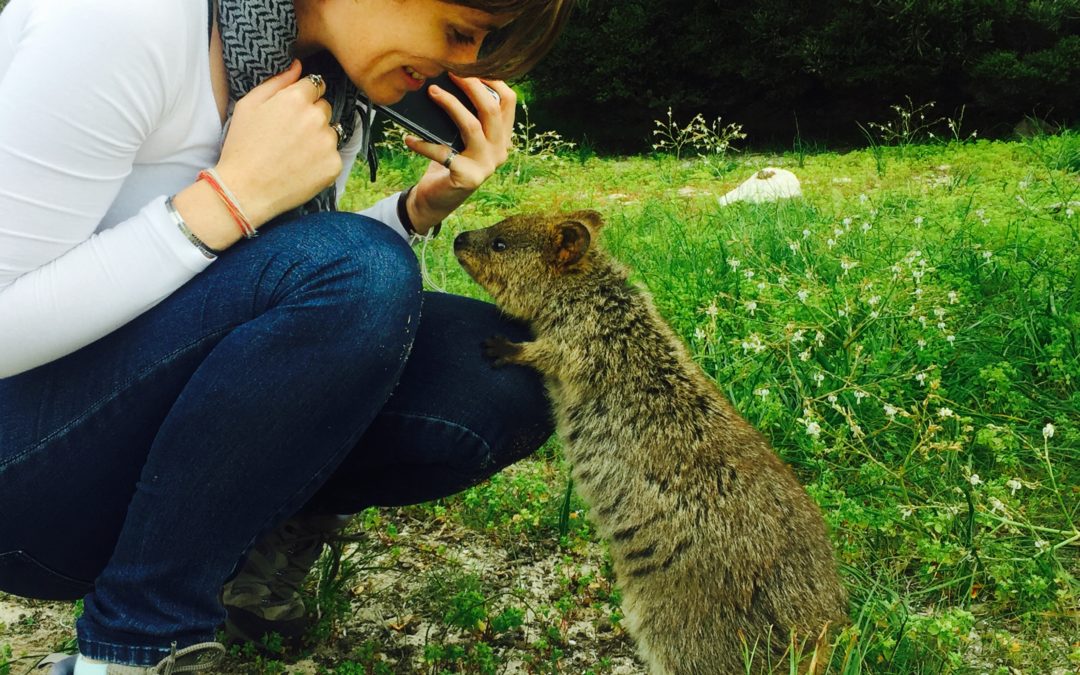
by Tanya Keam | Sep 26, 2017 | Acupuncture, Authentic self, Buderim, Chinese medicine, Client information, Emotions, Exercise, Holidays, Motivation, Nature, Rest, Spiritual growth, Sunshine coast, Travel, Wellness
I recently visited WA for a holiday. First of all, if you haven’t seen a Quokka, put it on your bucket list as they are the friendliest marsupials you will ever see !

Secondly, it is really important for your wellbeing to take time off and get out of your usual environment, even just for a couple of days. We can become stagnant, bored and frustrated very quickly! So trying different foods, swimming in different seas, reading books in different coffee shops, experiencing different climates, switching off from work etc – they all shake up the day-to-day norm.
Spring is about growth, change and new beginnings in Chinese medicine. Just look at how nature mimics this with bursting flowers, warmer temperatures and the need to do a big clean out at home and also get outdoors in the fresh air.
Instead of doing new year resolutions in January, come out of your introverted Winter cave and try doing them in Spring so you can set new goals and make positive changes to your life!
Take care of you, see you in the clinic,
TK xx
Tanya Keam Wellness is an experienced health clinic on the Sunshine Coast. Helping you to feel better in all aspects of your health and wellbeing.

by Tanya Keam | Apr 19, 2017 | Acupuncture, Authentic self, Chinese medicine, Client information, Daily Rituals, DIY Wellness Tips, Emotions, Exercise, Exercise routine, Fitness, Holidays, Joint pain, Mental health, Motivation, Muscle pain, Nambour, Nature, Nourishing, Rehabilitation, Stress, Sunshine coast, Travel, Wellness
How many types of exercises can you list? Tonnes right?
Walking, jogging, weight training, pilates, swimming, yoga, boxing, martial arts, trekking, tennis, snowboarding, gymnastics, basketball, crossfit.. the list goes on!
Who else gets bored at the gym? Have you ever wanted to try a new type of exercise or are you sick of the same environment where you have been exercising? it can lead to lack of motivation for sure!
My general fitness routine consists on swimming, running, yoga and a bit of resistance training. Yet with these 4 I was bored and felt unmotivated to get out there. So, I decided to change things up. I’ve been to the Himalayan Mountains and one trek was a 10km return at 2,828 meters, so looking more close to home I recently climbed a mountain in the Glasshouse Mountains that I hadn’t already climbed. The mighty Mount Beerwah at 556 meters (1,824 ft), the highest of the 10 volcanic plugs in the region, and more like 2 hours, not 10! It had recently re-opened in January 2017 after being closed and doesn’t cost anything – bonus!
The climb wasn’t about how many laps I could swim or what my pace was in running, it was about trying something new, getting outside in the sunshine and fresh air, but most importantly to challenge myself as it’s a steep climb. Oh and don’t let age define what you can and cannot do. I passed a 70 year old couple on the mountain, taking it slow but doing it! I must advise, if you are new to mountain climbing or bush walking then start with a smaller mountain like Ngun Ngun or Mount Coolum that are very popular to climb on the Sunshine Coast.
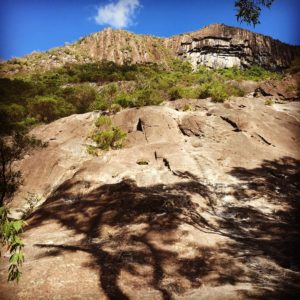 What did I get out of the climb? First of all, 2 hours of fresh Autumn crisp air, sunshine sunshine sunshine, elements of conquering fear when I thought I couldn’t climb any further as my legs were jelly and the top seemed so far away. I also had such a clear head space – I wasn’t thinking about last week or tomorrow, I was right there trying to find the next step to go higher while breathing heavily. Reaching the summit was tough but I did it and felt stoked with my achievement. Coming down was quicker and lots of sliding. Thank god I had good trekking shoes on to grip the rock face, and I was wearing gloves to protect my hands! At the bottom, I ended up with ripped pants and a few cuts but god did I feel on top of the world! I conquered the mother of mountains but also myself !
What did I get out of the climb? First of all, 2 hours of fresh Autumn crisp air, sunshine sunshine sunshine, elements of conquering fear when I thought I couldn’t climb any further as my legs were jelly and the top seemed so far away. I also had such a clear head space – I wasn’t thinking about last week or tomorrow, I was right there trying to find the next step to go higher while breathing heavily. Reaching the summit was tough but I did it and felt stoked with my achievement. Coming down was quicker and lots of sliding. Thank god I had good trekking shoes on to grip the rock face, and I was wearing gloves to protect my hands! At the bottom, I ended up with ripped pants and a few cuts but god did I feel on top of the world! I conquered the mother of mountains but also myself !
Soaking in an epsom salt bath that night as I knew I would be sore from using VERY different muscles that I had been using, all I could think of was what I could do next to add to my fitness regime and to challenge myself. What did I do? I looked for a bigger mountain – Mount Warning at 1,156 meters! Then I started planning my next break to go snowboarding. Why? Because I haven’t done it and life is about experiences!
So if you are feeling unmotivated with doing fitness and then feel guilty for not doing it, try something new, especially something outdoors. Mountain climbing, a game of tennis, join a team sport or a outdoor bootcamp. Just try it. Trust me, you will love it!
TK xx
Tanya Keam Wellness is an experienced health clinic in Nambour on the Sunshine Coast. Helping you to feel better in all aspects of your health and wellbeing.
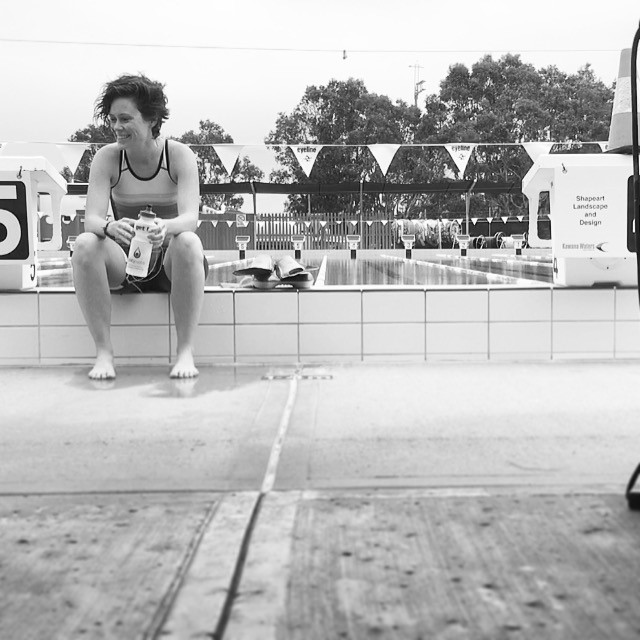
by Tanya Keam | Oct 24, 2016 | Acupuncture, Chinese medicine, Client information, Daily Rituals, DIY Wellness Tips, Exercise, Fitness, Immune Support, Liver Health, Mental health, Nambour, Nature, Nutrition, Seasonal living, Spring, Stress, Sunshine coast, Wellness
We live in one of the most fittest and healthiest places in Australia. We often have triathlon events, surfers at Noosa, runners on Alex hill, mountain climbers on Ngun Ngun, dog walking at Kawana and health cafes popping up everywhere. Who wants to stay inside on a sunny weekend? NO ONE!
Spring is the season of regeneration and growth and connects to the liver organ. The days become longer and we want to spend more time outside, especially living on the beautiful Sunshine Coast!
Here are some tips and strategies fitness wise and to support liver health:
From a Western medicine perspective, the liver is a very important organ that stores blood, produces bile, processes toxins and aids in our immune function.
From a Chinese medicine perspective, it also has a major influence on the smooth flow of energy (life force) to move throughout our bodies. When something blocks this energy flow such as lack of exercise, stress, pent up emotions or an unhealthy lifestyle; the liver becomes agitated/blocked/stuck, which can lead to symptoms such as irritability, insomnia, PMS, tight muscles, mood swings, digestive discomfort, pain in the body and headaches.
So what can you do to your liver energy/life force to flow smoothly in the face of every day activities?
Exercise: The best way to get your energy moving is to move! Different types of exercise suit different people. Some people do really well with vigorous exercise such as long runs or high intensity interval training (HIIT), while other people are more suited to slower, gentle forms of movement such as walking or yoga. I have personally found a mix of both types of exercise to be beneficial. If the gym is a bore, then find something you enjoy, it might even be a group fitness class where you can meet new people. This spring I’m into swimming, yoga, running and resistance exercises. Get those endorphins flowing !!!!
Diet: It is important to eat foods that will cleanse and improve overall liver function. Sour flavours belong to the liver/gallbladder function. Having a squeeze of lemon in warm water first thing in the morning invigorates the liver to get moving for the day and vinaigrette dressings can be added to salads. Leafy greens such as kale, lettuce, spinach and chard support liver detoxification pathways. Artichokes contain a flavonoid which is a strong antioxidant – meaning prevention and cleansing of free radical damage to cells. Try to reduce the amount of dairy, alcohol, greasy and deep fried foods, and excessive salt.
Manage stress – Stress plays a part in all of our lives, and a small amount is healthy, but its just how we manage it all that counts. Dealing with issues, conflict in relationships, pent up emotions, work situations etc. Seek professional support if needed but otherwise have a ‘self care’ approach to your day to day lives. Rest when you need to, have health treatments such as acupuncture or massage, exercise, take moments to be in nature and soak up some vitamin D, express how you feel, plan your day and week ahead.
It’s the little things that count. See you in the pool!
Take care,
TK x
Tanya Keam Wellness is an experienced health clinic in Nambour on the Sunshine Coast. Helping you to feel better in all aspects of your health and wellbeing.
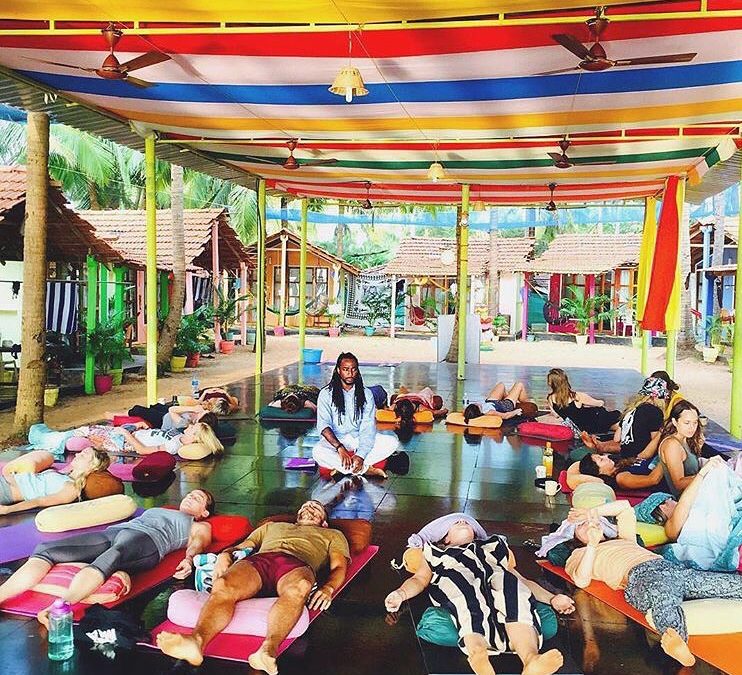
by Tanya Keam | Sep 12, 2016 | Authentic self, Client information, Daily Rituals, DIY Wellness Tips, Emotions, Exercise, Mental health, Muscle pain, Nambour, Rehabilitation, Sleep, Spiritual growth, Stress, Wellness, Yoga
Why I recommend Yoga
I was lucky enough to spend time in India doing my yoga teacher training with people from all walks of life. Yoga includes breath control, simple meditation, and the adoption of specific bodily postures, for health and relaxation.
Yoga can improve all areas of you health and wellbeing
Yoga is simply about connecting with yourself through mindful exercise, using breath. Just because you cant touch your toes or get yourself into bizarre postures that yoga pictures are known for, doesn’t mean the practice of yoga cannott improve your life. Start with a simple beginner class once a week to learn some simple postures and breathing techniques and then go from there!
You can benefit from:
Well rested sleep
Increased circulation
Better flexibility
Better posture
Improved balance
More strength
A toned body
More energy
Head clarity
Relaxation and peace
Pregnancy discomfort and birth preparation
Better sex
Lower blood pressure
Increased lymph flow
Increased metabolism
Better digestion
Reduced pain
Improvement for other sports
Better respiration
Reduced stress and anxiety
An inner calmness
Improve your outlook on life
A better connection with yourself – physically, mentally, emotionally, spiritually
There are MANY styles of yoga classes all over the Sunshine Coast – just try a few and see which teacher and class best suits you.
Take care of you, see you in the clinic,
TK xx
Tanya Keam Wellness is an experienced health clinic on the Sunshine Coast. Helping you to feel better in all aspects of your health and wellbeing.

 Hi, I’m Tanya Keam, an AHPRA registered Acupuncturist and natural health practitioner in Nambour in the Sunshine Coast hinterland, Queensland Australia. I practice Chinese medicine and Acupuncture because its safe, logical, relevant and has effectively shown methods of natural wellness for thousands of years (read more about my training here). Life doesn’t need to be complicated and nor does the treatment approaches to get people feeling vibrant and well. I’ve seen people gain a lot from treatments, much more than just alleviating symptoms. It’s exciting to connect with people and share deep wisdom from the classics of ancient and traditional medicine, with modern protocols for todays mind-body living. If you need some guidance in practicing better self care get in touch or book online today.
Hi, I’m Tanya Keam, an AHPRA registered Acupuncturist and natural health practitioner in Nambour in the Sunshine Coast hinterland, Queensland Australia. I practice Chinese medicine and Acupuncture because its safe, logical, relevant and has effectively shown methods of natural wellness for thousands of years (read more about my training here). Life doesn’t need to be complicated and nor does the treatment approaches to get people feeling vibrant and well. I’ve seen people gain a lot from treatments, much more than just alleviating symptoms. It’s exciting to connect with people and share deep wisdom from the classics of ancient and traditional medicine, with modern protocols for todays mind-body living. If you need some guidance in practicing better self care get in touch or book online today.








